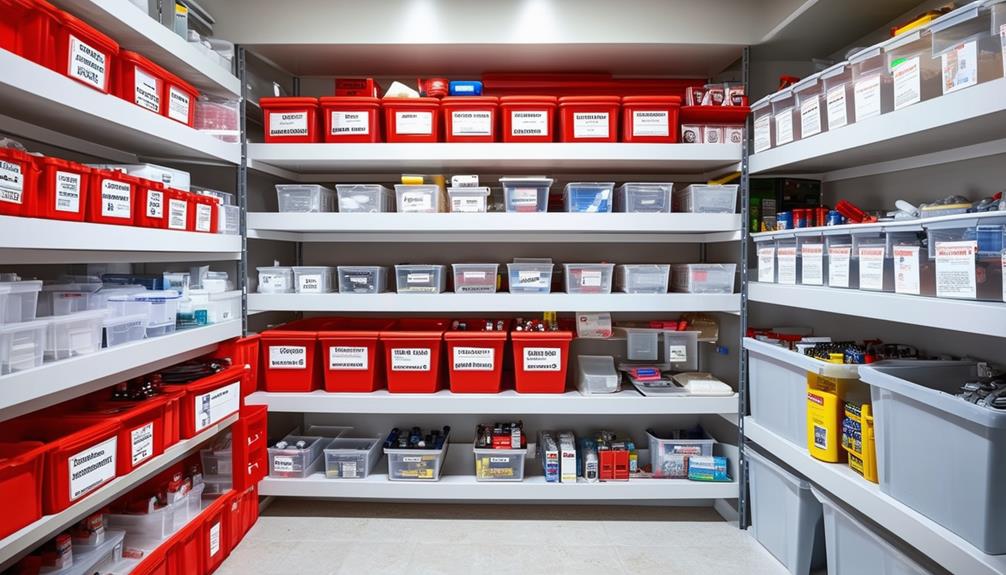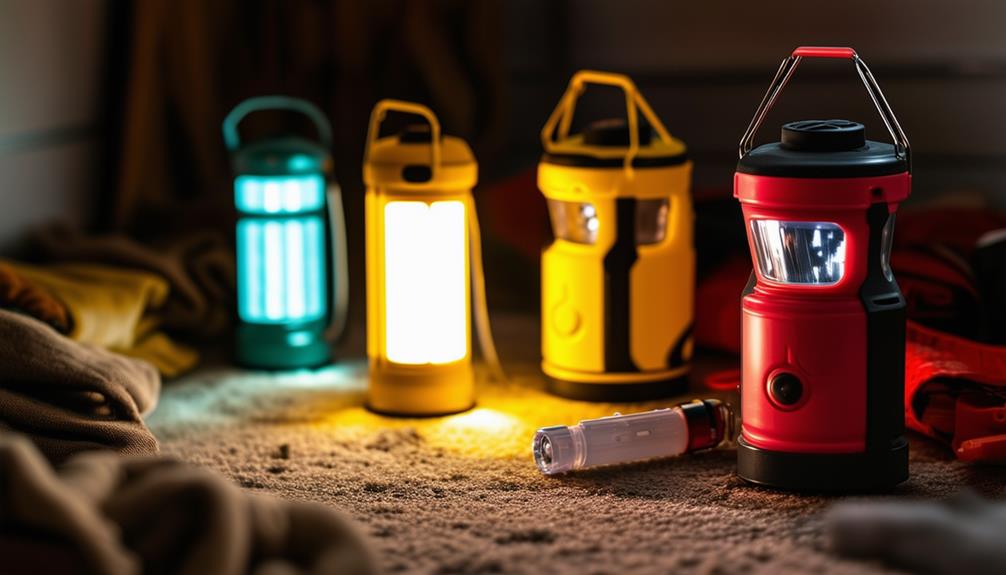Best Clothing for Urban Disaster Situations
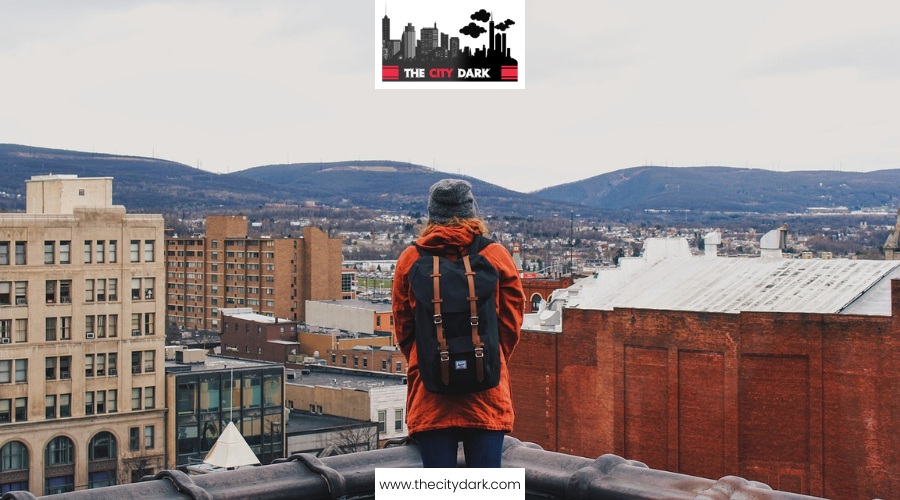
In our modern world, clothing is readily available, whether purchased in stores or online. Many people find themselves with overflowing closets, filled with everything from formal attire to yoga wear and casual outfits for daily errands. However, when an urban disaster strikes, having the right clothing can be crucial for survival.
In extreme situations, the clothes you wear can significantly impact your ability to stay safe and comfortable. Your clothing choices should be tailored to the climate and potential hazards you might face. For instance, if you live in an area prone to heavy rainfall or flooding, waterproof clothing is essential. In contrast, those in insect-heavy regions will benefit from protective gear.
If you’re wondering whether your wardrobe is equipped for an urban catastrophe, this guide will help you identify the best clothing to keep you prepared.
Clothing for Specific Weather Conditions
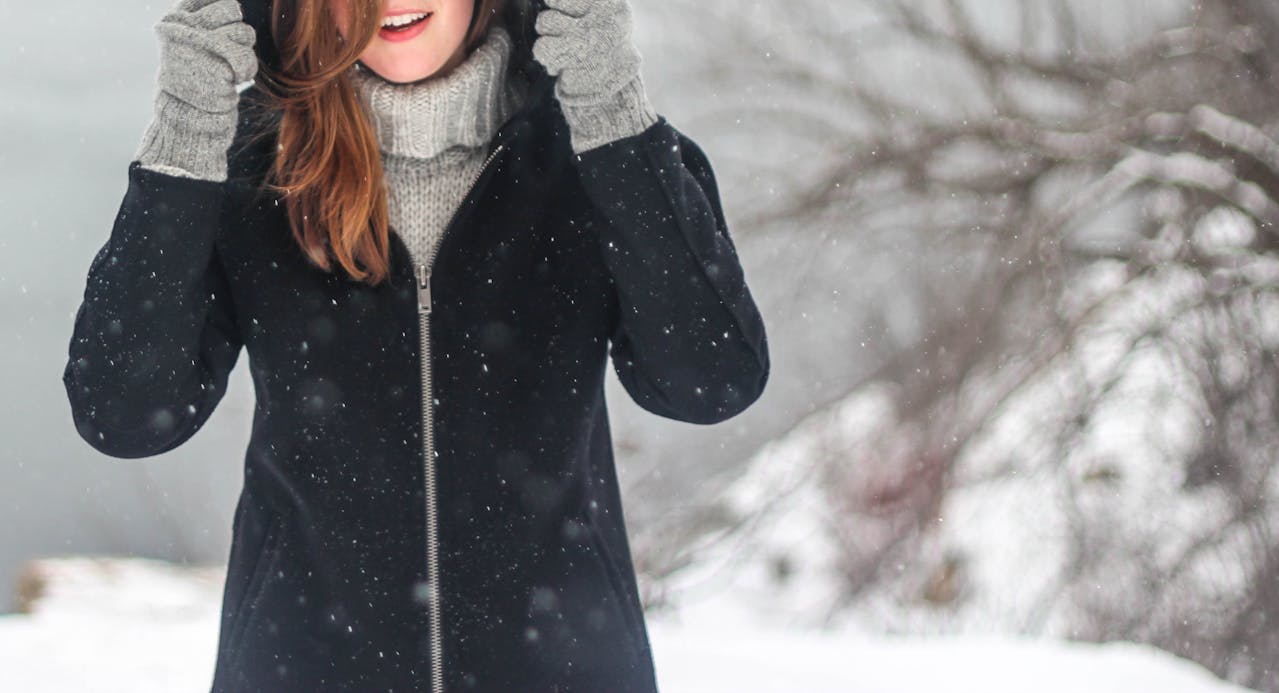
Winter Clothing:
- Layering: Multiple layers can trap heat and keep you warm. Look for base layers made of merino wool or synthetic fabrics that wick moisture away from your skin.
- Outerwear: Invest in a waterproof and windproof coat. Down or synthetic insulated jackets are excellent for extreme cold.
- Accessories: Warm hats, scarves, gloves, and thermal socks are essential to prevent heat loss from extremities. Consider hand and foot warmers for additional comfort.
Spring Clothing:
- Versatile Layers: As temperatures fluctuate, pack light jackets and cardigans for cooler days and nights.
- Sun Protection: Include hats and sunglasses for sunny days, and lightweight, long-sleeve shirts for UV protection.
Summer Clothing:
- Breathable Fabrics: Opt for clothing made from cotton or moisture-wicking synthetics that allow your skin to breathe.
- Light Colors: Light-colored clothing reflects the sun's rays, keeping you cooler. Don’t forget a wide-brimmed hat and UV-blocking sunglasses.
Autumn Clothing:
- Transitional Pieces: As the weather cools, have a mix of summer and winter clothing. Consider packing a waterproof jacket for unexpected rain showers.
- Warm Layers: As nights can become chilly, include sweaters and long pants.
Clothing That Absorbs Moisture
In disaster scenarios, maintaining a stable body temperature is crucial. Clothing that absorbs moisture can help prevent hypothermia, frostbite, and other cold-related conditions.
- Wool: Wool is naturally moisture-wicking and insulating, making it a great choice for base layers.
- Synthetic Fabrics: Look for polyester or nylon, which dry quickly and keep moisture away from your skin.
- Avoid Cotton: Cotton retains moisture and can make you cold if wet.
Clothing Offering Sun Protection

Exposure to UV rays can be harmful, especially in extended outdoor situations. Ensure you have:
- UPF-Rated Clothing: Choose garments with a UPF (Ultraviolet Protection Factor) rating, which can absorb harmful rays.
- Long Sleeves and Pants: Lightweight, long-sleeved shirts and pants protect your skin from sunburn.
Clothing for Insect Protection
Insects can pose serious health risks in certain areas. To protect yourself, consider:
- Insect-Repellent Fabrics: Some clothing is treated with insect repellent, which can deter mosquitoes and ticks.
- Long Sleeves and Pants: Covering your skin is the best way to avoid bites.
Stretchy and Comfortable Pants
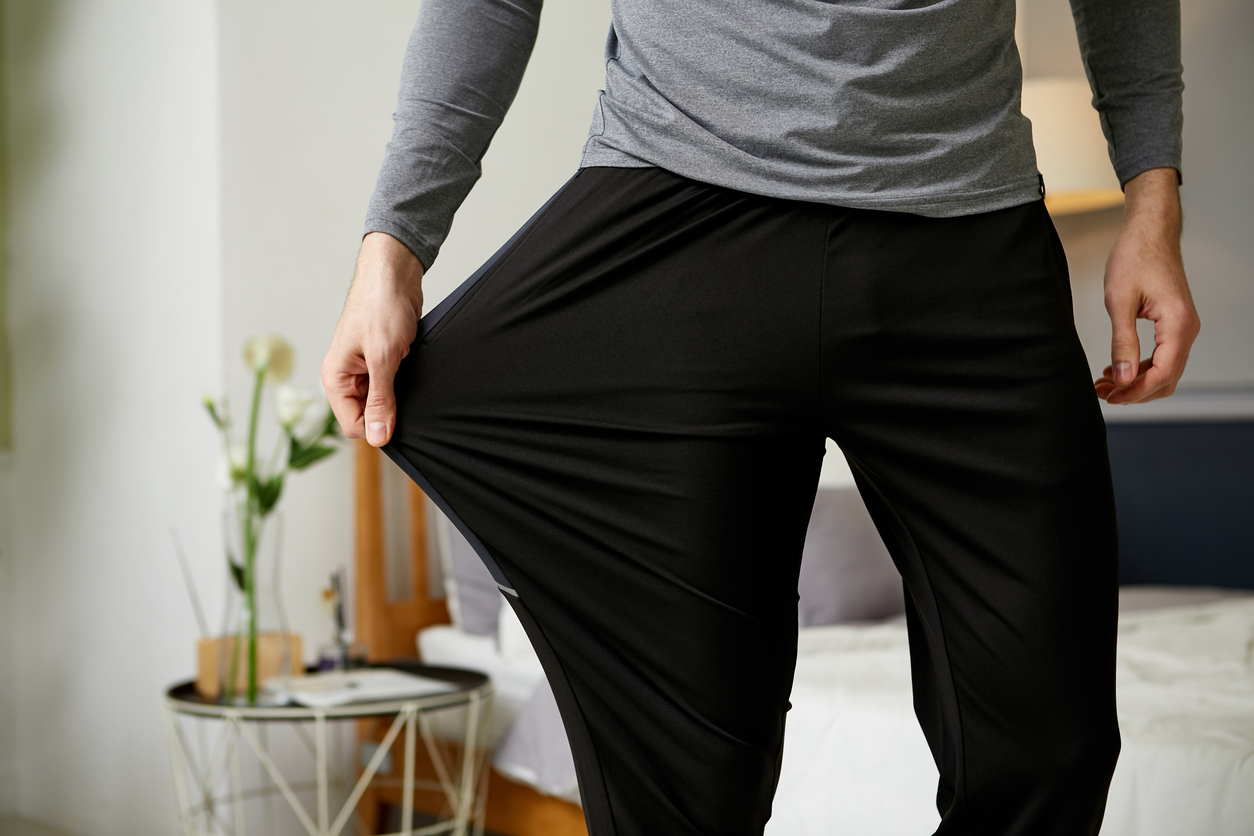
- Flexible Fabrics: Opt for pants made of materials like spandex or elastane blends that allow for ease of movement.
- Cargo Pants: Consider pants with multiple pockets for carrying small items and tools.
Sturdy Survival Footwear
Proper footwear is critical in disaster situations to ensure mobility and safety.
- Durable Boots: Choose boots with thick soles and ankle support. They should be water-resistant and slip-resistant.
- Insulation: In colder climates, insulated boots can prevent frostbite.
- Breathability: Look for breathable materials to prevent overheating in warmer weather.
Comprehensive Urban Disaster Clothing Checklist
- Base Layers: Moisture-wicking shirts and thermal underwear.
- Mid Layers: Fleece jackets or sweaters for added warmth.
- Outer Layers: Waterproof and windproof jackets and pants.
- Footwear: Durable boots with good traction and support.
- Headwear: Hats for sun protection and warmth.
- Gloves: Insulated gloves for warmth; work gloves for handling debris.
- Socks: Wool or synthetic socks to keep feet warm and dry.
- Rain Gear: Ponchos or rain jackets with hoods.
- Sun Protection: Sunglasses and hats with brims.
- Insect Protection: Insect-repellent clothing and netting.
- Casual Clothing: Comfortable, breathable clothes for layering and flexibility.
Conclusion
Preparing for urban disasters involves more than just stocking up on food and water. Ensuring you have the right clothing is equally important, as it can protect you from environmental hazards and improve your chances of survival. By selecting versatile, durable, and protective clothing, you’ll be better equipped to face whatever challenges come your way. Next time you shop, consider adding these essential items to your wardrobe to be ready for any urban emergency.


